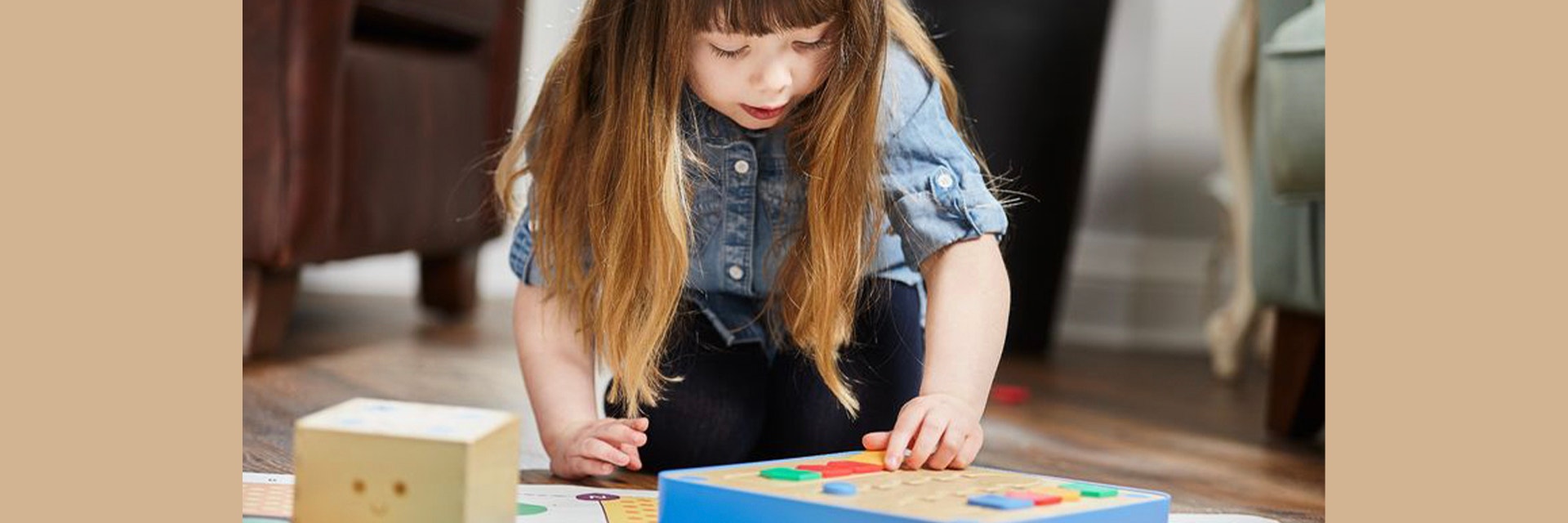CUSTOMER STORY
Creating a Playset Using 3D Printing is Child's Play with Skilled Design & Engineering Help

When Primo came to Materialise they had already identified 3D printing as the ideal manufacturing method for the first 650 runs of the Cubetto Playset. What they went on to discover was the value you can realize when a product is designed specifically for 3D printing.
The Cubetto Playset is a tangible programming interface that teaches children programming logic without the need for literacy. It consists of a programming interface, a set of instruction blocks and board, and the star of the show, a robot called "Cubetto". Comprised of natural materials and electronics, Primo had selected Additive Manufacturing to produce eleven parts including the programming blocks and components that would be used to construct the Cubetto robot.


During the construction of the first 100 sets Primo encountered some issues with assembly and component performance. They discussed these issues with their Project Manager at Materialise and decided to enlist the services of the Materialise Design and Engineering team to evaluate the current design to see if there were any changes that could be made to resolve the issues they were experiencing. In addition, Primo tasked the Design and Engineering team with reducing the costs to produce the components and improving the assembly time of the product. Materialise's team set to work and delivered a solution that took advantage of the design freedom offered by 3D printing.
The programming blocks were redesigned with a ‘click-fit’ mechanism that worked to the performance capabilities of the material and removed the need for an additional tool to connect the parts. With this Primo experienced a reduction in the amount of waste material, and most importantly saw a reduction in assembly time. In addition, the battery lid was redesigned with an integrated opening and closing mechanism that removed the need for a separate key.


The final part to receive the Design and Engineering treatment was the Cubetto chassis. This saw a complete overhaul of the unit assembly with an integrated click feature that no longer needed a separate screw. By introducing simple bosses that allowed for one screw to perform two functions the redesign removed the need for nuts. A new mounting method for the circuit board improved the assembly time and again, and saved on screws. All of the components that were no longer needed had previously been 3D-printed so removing their need delivered a direct cost saving on printing. The end result was a re-engineered product that decreased production time by 20% and realised a 25% cost saving for Primo.
Share on:
You might also like
Never miss a story like this. Get curated content delivered straight to your inbox.
